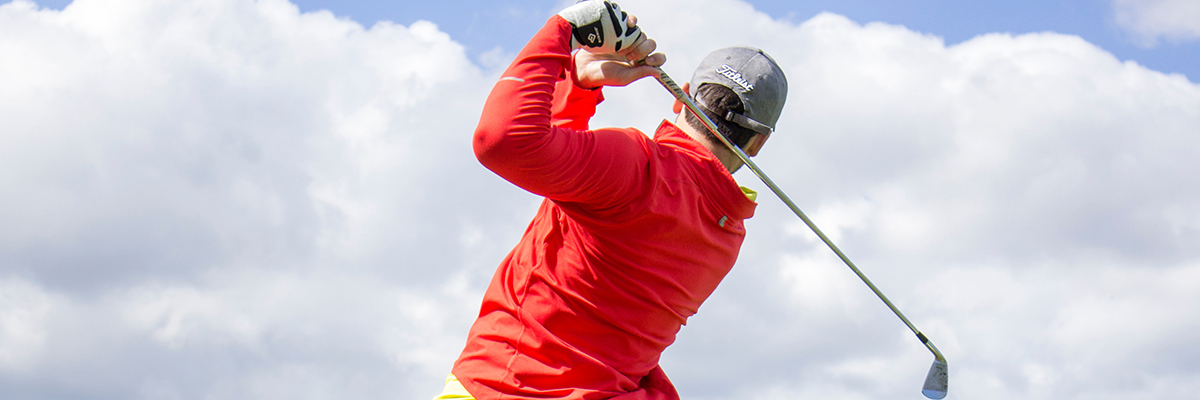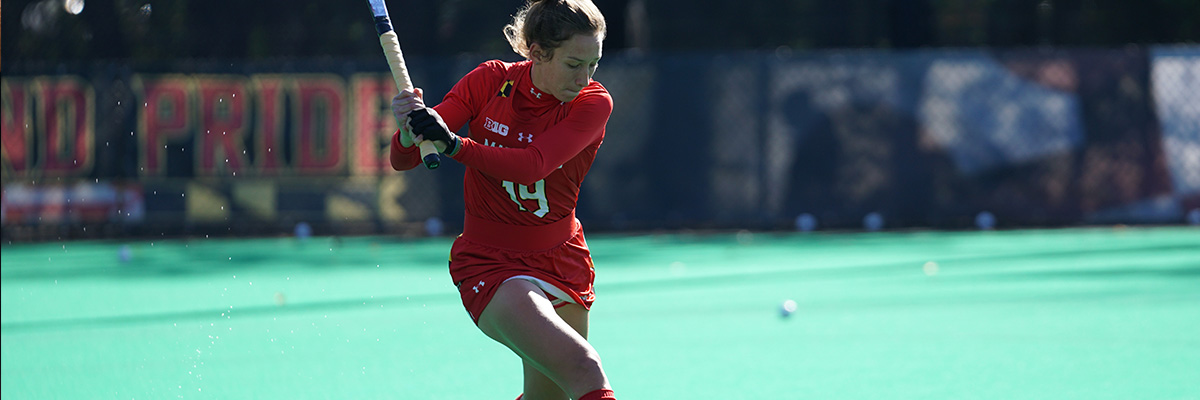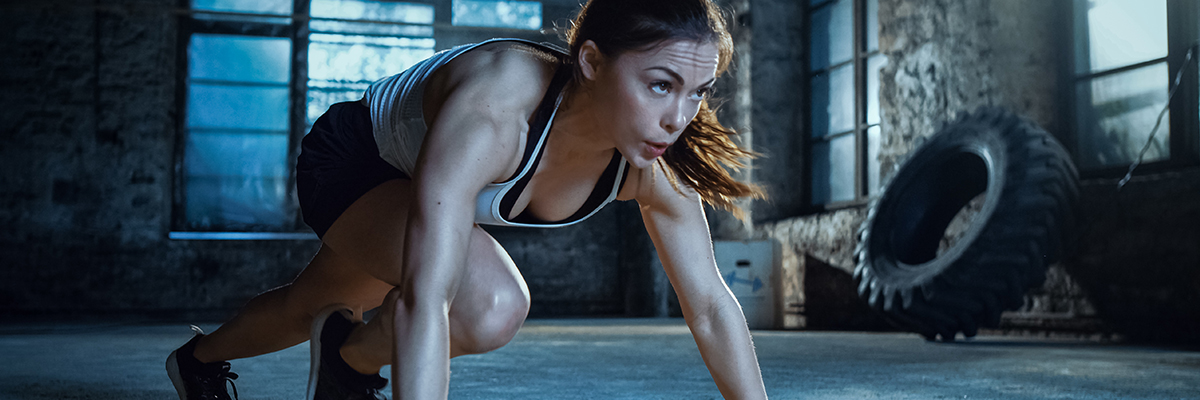CATEGORY osteochondral allograft
Is Patient Satisfaction Associated with Clinical Outcomes after OCA Transplantation?
Patient satisfaction was high following the OCA transplantation, with the rate remaining constant over time. We observed a strong association between patient satisfaction and measures of pain, function, activity level, and quality of life following OCA transplantation.
Read moreOutcomes of Latarjet Versus Distal Tibia Allograft for Anterior Shoulder Instability Repair: A Matched Cohort Analysis
Anterior glenoid reconstruction with fresh distal tibia allograft (DTA) has been described for management of recurrent shoulder instability, with encouraging early outcomes with similar clinical outcomes as the Latarjet procedure.
Read moreOsteoarticular Allograft Transplantation of the Trochlear Groove for Trochlear Dysplasia
Dr. LaPrade recently published a case report for transplanting a very large trochlear allograft in a 21 year old female patient with trochlea dysplasia.
Read moreLesion Size Does Not Predict Outcomes in Fresh Osteochondral Allograft Transplantation
Many cartilage repair algorithms use lesion size to choose the appropriate surgical technique. The purpose of this study was to determine if lesion size affects outcomes after an osteochondral allograft (OCA) transplantation. The results of this study suggest that graft size does not influence outcomes or survivorship. OCA transplantation is an effective treatment in the femoral condyle regardless of size.
Read more Download PDFOutcomes of Latarjet Versus Distal Tibia Allograft for Anterior Shoulder Instability Repair
To compare clinical outcomes between a distal tibia allograft (DTA) reconstruction or a Latarjet procedure for patients with recurrent shoulder instability.
Read moreFresh Femoral Head Osteochondral Allograft Transplantation for Treating Osteochondritis Dissecans of the Femoral Head
The use of fresh-stored osteochondral allograft allows surgeons to both avoid donor-site morbidity and treat lesions of a larger surface area as a treatment options for the management of osteochondritis dissecans.
Read moreManagement of Glenoid Bone Loss with Anterior Shoulder Instability
There is good evidence for use of new techniques including the distal tibia allograft, which can be used as reconstruction options.
Read moreGraft Transfer Technique in Arthroscopic Posterior Glenoid Reconstruction with Distal Tibia Allograft
Although both iliac crest and distal tibia allograft have been shown to restore glenohumeral contact pressures, the authors prefer distal tibia allograft because of its congruity to the articular surface, lack of graft harvest morbidity, and retained cartilaginous surface for articulation with the native humeral head.
Read moreViable Osteochondral Allograft for the Treatment of a Full Thickness Cartilage Defect of the Patella
Osteochondral allografts are used to fill deeper bone defects where the thin osseous layer of cryopreserved OCA implants are not sufficient for these deeper lesions.
Read moreOsteochondral Allograft Transplants for Large Trochlear Defects
The advantages of using the described OCA technique is that it allows chondral defects to be immediately filled with mature articular cartilage, it avoids the donor-site morbidity, and histologic analysis of OCA has shown high survivorship of the transplanted hyaline cartilage.
Read moreCondyle-Specific Matching Does Not Improve Midterm Clinical Outcomes of OCA Transplantation
There was not a significant difference in clinical outcomes between the two groups suggesting that condyle-specific matching may not be necessary.
Read moreConcomitant Reverse Hill-Sachs Lesion and Posterior Humeral Avulsion of the Glenohumeral Ligament
Given the loss of integrity in the subchondral bone that occurs with other techniques as well as the persistent damage to the articular cartilage, many have begun to favor anatomic reconstruction with osteochondral allograft.
Read moreFresh Osteochondral Allograft Transplantation for Focal Chondral Defect of Humerus Associated with Failed SLAP Repair
OCA transplantation of the humeral head has previously been described for the treatment of Hills-Sachs lesions associated with glenohumeral instability. Promising results have also been reported using this technique for humeral head articular cartilage defects.
Read moreTibial Allograft Transfer for Medial Tibial Plateau Resurfacing
This paper discusses the preparation and the implantation of the medial tibial plateau and medial meniscal allograft. The most important finding of this report is that tibial allograft transplant offers a viable solution in patients with large osteochondral defects in the setting of ligament injuries.
Read moreDistal Tibia Allograft Glenoid Reconstruction in Recurrent Anterior Shoulder Instability
At an average follow-up of 45 months, fresh DTA reconstruction for recurrent anterior shoulder instability results in a clinically stable joint with excellent clinical outcomes and minimal graft resorption. Optimal allograft placement resulted in superior bony incorporation with the native glenoid.
Read moreDistal Tibia Allograft Glenoid Reconstruction in Recurrent Anterior Shoulder Instability
Fresh distal tibia allograft reconstruction results in a clinically stable joint with excellent outcomes in reducing the rate of dislocation and improving pain and function.
Read moreReturn to Sport and Recreational Activity After Osteochondral Allograft Transplantation in the Knee
This paper assesses osteochondral allograft (OCA) survivorship in an athletic patient population as well as determine the level of sport patients are able to return to post-operatively. OCA transplantation can be a successful solution for cartilage injuries in athletes as it allows the majority of patients to resume their highly active lifestyles.
Read moreAnatomical Glenoid Reconstruction Using Fresh Osteochondral Distal Tibia Allograft After Failed Latarjet Procedure
This paper explores the technique for anatomical glenoid reconstruction using a fresh osteochondral distal tibia allograft after a failed Latarjet procedure.
Read moreOsteochondral Allograft Transfer for Treatment of Osteochondral Lesions of the Talus
Despite the high incidence of reoperation and failure, carefully selected patients can experience substantially improved function as a result of fresh OCA transplantation in the talus.
Read moreFresh Osteochondral Allograft Transplantation for Fractures of the Knee
The purpose of this paper is to determine functional outcomes and osteochondral allograft (OCA) survivorship in patients that received an OCA transplantation as a salvage treatment for knee fracture. Although the reoperation rate is high, treating osteochondral lesions associated with knee fractures with an OCA can be a successful salvage treatment option.
Read more




